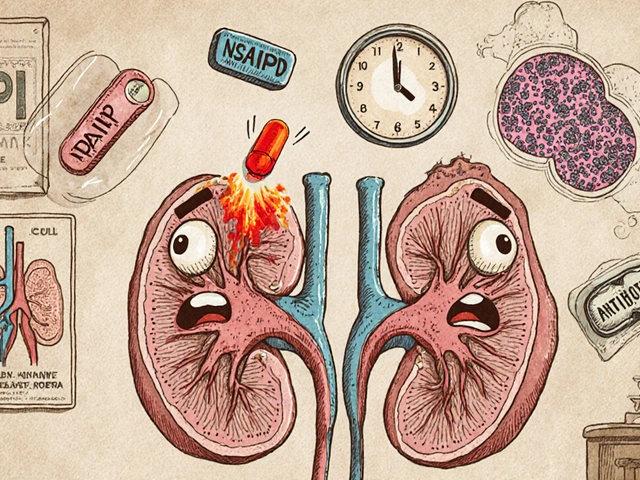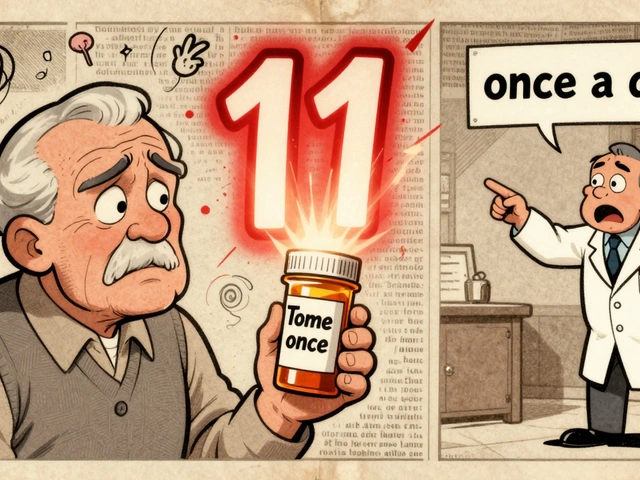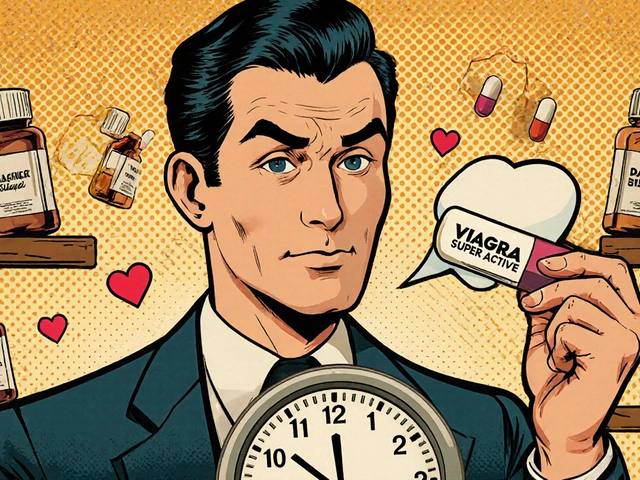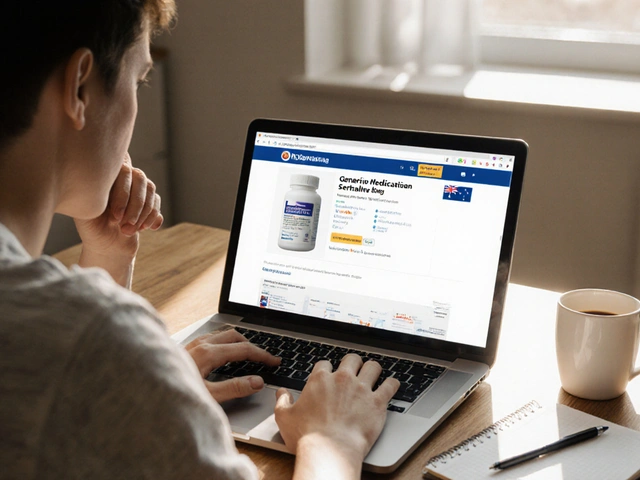Pulmonary Hypertension Explained: What You Need to Know
Ever wondered why shortness of breath feels like climbing stairs when you’re just sitting down? That could be a sign of pulmonary hypertension (PAH). It’s a condition where the blood pressure in the lungs’ arteries gets too high, making the heart work harder. When the heart can’t keep up, you start to feel tired, winded, or notice swelling in your ankles. The good news is that with the right knowledge and treatment, many people live active lives.
What Is Pulmonary Hypertension?
PAH isn’t a single disease; it’s a group of problems that raise pressure in the lung’s vessels. The pressure rise can come from narrowed arteries, blood clots, or scar tissue that makes it harder for blood to flow. Common triggers include genetic factors, certain medicines, chronic lung diseases, and heart problems. Even if you’re young and healthy, PAH can show up, so paying attention to symptoms matters more than age.
Symptoms often start small. You might notice a slight shortness of breath during light exercise, an unusual fatigue, or a faint cough. As pressure builds, the shortness of breath gets worse, you might feel dizzy, and your chest could hurt. Some people also see blue‑tinted lips or nail beds (called cyanosis) because the blood isn’t getting enough oxygen.
Managing Pulmonary Hypertension
The first step is getting a proper diagnosis. Doctors use a combination of echocardiograms, blood tests, and a right‑heart catheter to measure pressure directly. Once confirmed, treatment usually involves several approaches working together.
Medication: There are three main groups of drugs – endothelin receptor antagonists, phosphodiesterase‑5 inhibitors, and prostacyclin analogues. Each type helps relax the vessels or prevent them from tightening. Your doctor will pick the right mix based on severity and other health issues.
Lifestyle tweaks: Staying active helps the heart stay strong, but you’ll need to start slow. Walking, swimming, or gentle cycling can improve stamina without overloading the lungs. A low‑salt diet reduces fluid buildup, and quitting smoking cuts further damage to your vessels.
Oxygen therapy: If your blood oxygen level is low, supplemental oxygen can ease breathlessness and lower heart strain. Some people use a portable tank during the day and a larger unit at night.
Advanced options: In severe cases, doctors might suggest a lung transplant or a procedure called atrial septostomy, which creates a small hole to relieve pressure. These are rare and only considered when other treatments fail.
Regular check‑ups are crucial. Pulmonary hypertension can change over time, so your treatment plan may need adjustments. Keep a symptom diary – note when you feel short of breath, any new swelling, or changes in energy levels. This info helps your doctor fine‑tune medication doses.
Support matters, too. Joining a PAH community or talking with a counselor can help you cope with the emotional side of a chronic condition. Online forums, local groups, and patient advocacy sites often share tips on navigating insurance, finding reputable specialists, and staying motivated.
Bottom line: Pulmonary hypertension is serious, but it’s manageable. Recognize the signs early, get a solid diagnosis, and stick to a treatment plan that blends medication, lifestyle changes, and regular monitoring. With that approach, you can keep your heart pumping and enjoy everyday activities without constantly feeling out of breath.





